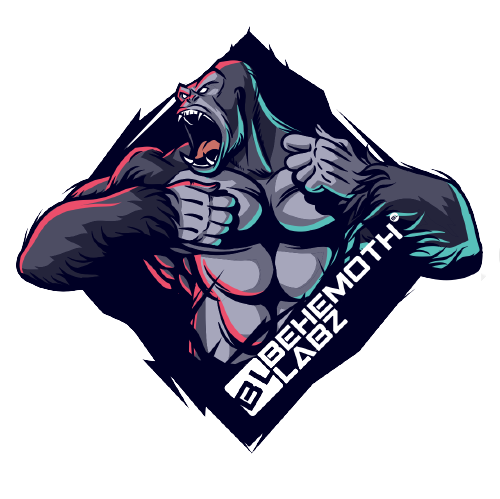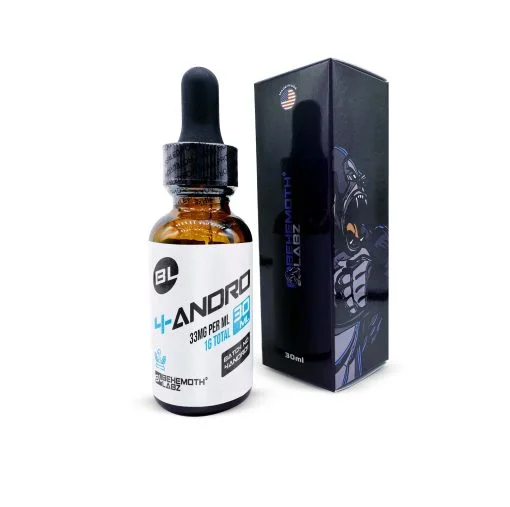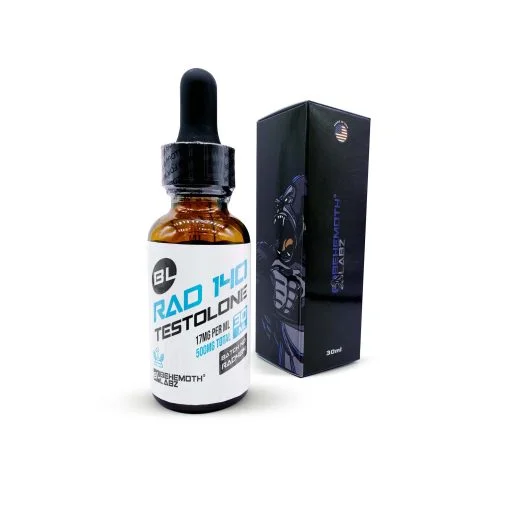SARMs
LGD 4033 vs RAD 140: The Ultimate Comparison
The comparison between SARMs offers plenty to unpack. As highly investigational compounds, LGD 4033 and RAD 140 are two names that often dominate this comparison in the world of selective androgen receptor modulators (SARMs).
Understanding these differences is key to optimal and safe results in research studies.
This guide provides comprehensive details on the specifics of each, comparing their effectiveness, safety profiles, side effects, and more. Read on to uncover the clear picture.
Understanding the LGD 4033 & RAD 140
LGD 4033, also known as Ligandrol, is a potent SARM. Being effective at low dosages, it is highly researched and currently undergoing clinical phase 2 trials. This SARM has strong potential anabolic effects and has been studied for treating health conditions like muscle-wasting diseases.
Conversely, RAD 140, even a small dose, has shown significant results in research subjects. Like Ligandrol, it has lower androgenic and higher anabolic potential.
How do LGD 4033 and RAD 140 Work?
Both SARMs have similar mechanisms of action. LGD 4033 and RAD 140 work by selectively targeting the androgen receptors in muscles and bones.
LGD 4033 Vs. RAD 140: A Comparative Analysis
The following differences in uses, benefits, and side effects set LGD 4033 and RAD 140 apart.
1. Uses
Both LGD 4033 and RAD 140 are used in research studies.
2. Side Effects
Both LGD 4033 and RAD 140 SARMs are generally considered safe to use in research studies. However, RAD 140, being potent, is associated with more side effects than LGD 4033. They may be associated with testosterone suppression in subjects, and Testolone may be an aggressive suppressor due to its potency.
4. Half-life
Most clinical studies have shown that RAD 140 has an average half-life of 40-60 hours in subjects. While LGD 4033 has a half-life of 24-36 hours in research participants. This shows that RAD 140 may be a better option for studies that require frequent dosing.
Which Option is Better?
The better option between RAD 140 and LGD 4033 depends on study needs, goals, objectives, and preferences.
FAQs
What is the best place to buy LGD 4033 and RAD 140 online?
The best place to buy LGD 4033 and RAD 140 online is Behemoth Labz. It prioritizes product purity and quality with 100% trusted customer service. To ensure effective and optimal results in studies, considering products of Behemoth Labz is paramount. Besides providing high-quality products, its products also maintain reliable research results.
Are Ligandrol and Testolone legal?
Yes, Ligandrol and Testolone are legal for research studies. These two SARMs are highly studied for potential benefits of muscle gain.
Which one is highly potent between LGD 4033 and RAD 140 for research subjects?
RAD 140 is more potent than LGD 4033 and may provide faster results in research investigations.
Do LGD 4033 and RAD 140 lower testosterone in research subjects?
Yes, LGD 4033 and RAD 140 may lower testosterone. However, it may vary and depend on the subject’s health status and dosage.
References
- Basaria, Shehzad, et al. “The safety, pharmacokinetics, and effects of LGD-4033, a novel nonsteroidal oral, selective androgen receptor modulator, in healthy young men.” Journals of Gerontology Series A: Biomedical Sciences and Medical Sciences 68.1 (2013): 87-95.
- Loss, Fat. “RAD-140 Review: Benefits, Dosage & Side Effects.”
- Barbara, Mary, Sadhna Dhingra, and Ayse L. Mindikoglu. “Drug-induced liver injury associated with Alpha Bolic (RAD-140) and Alpha Elite (RAD-140 and LGD-4033).” ACG case reports journal 7.6 (2020): e00409.











